
Museo de Zamora
Discover Zamora's past through archaeology, fine art, and sacred treasures in this elegant, well-organized museum.
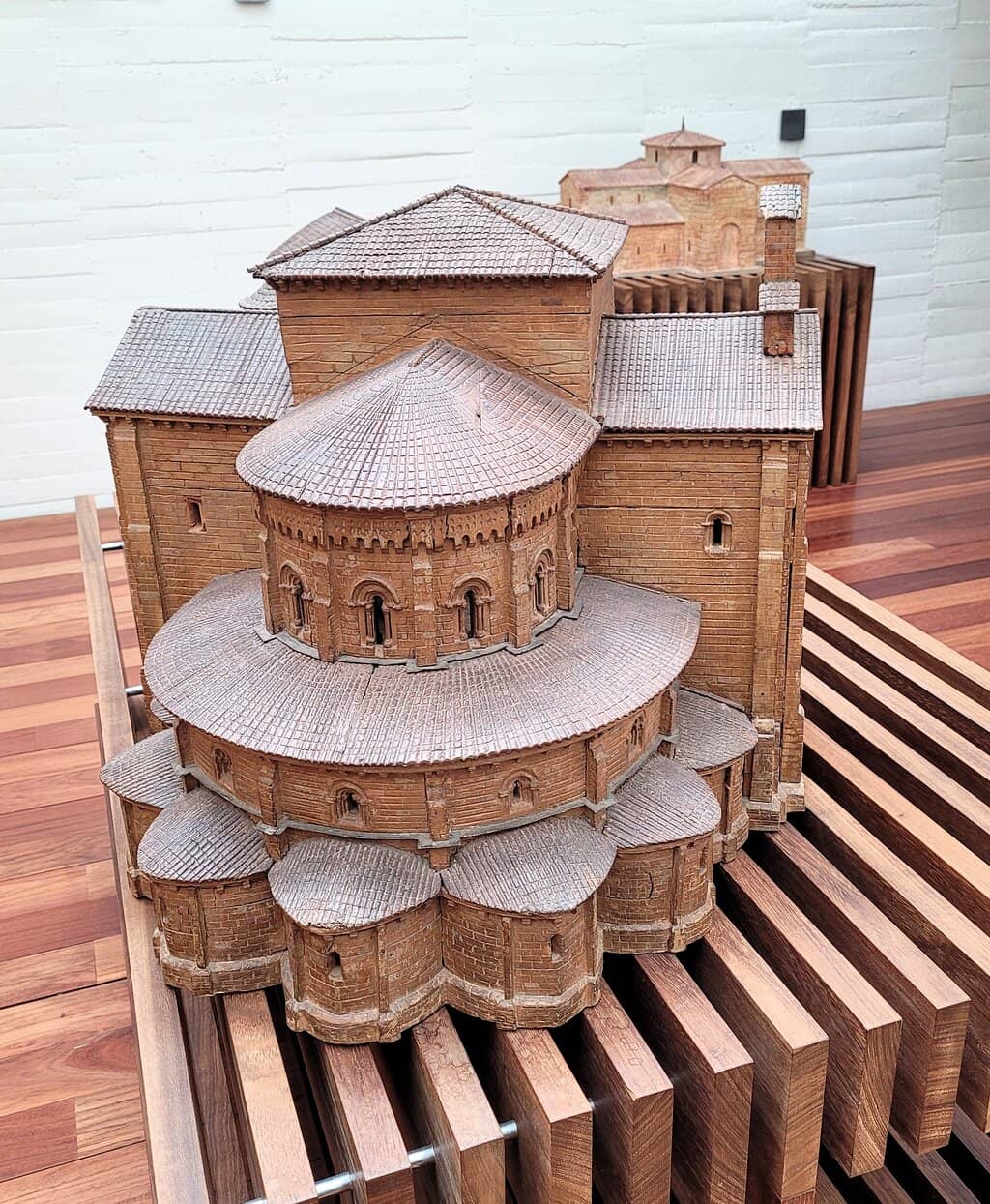
Highlights
Must-see attractions
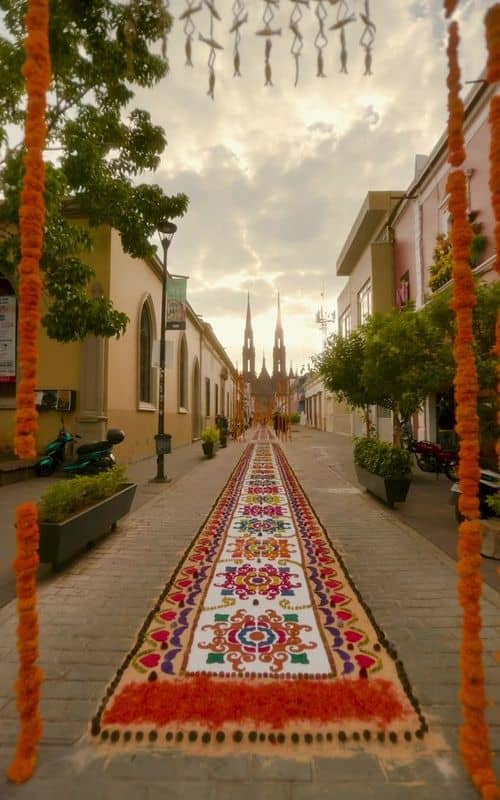
Social
From TikTok & Reddit
Best Time
Fewer crowds, more peaceful exploration

Museo de Zamora
Best Time
Fewer crowds, more peaceful exploration

Highlights
Must-see attractions
Discover Zamora's past through archaeology, fine art, and sacred treasures in this elegant, well-organized museum.
"Very interesting museum, well maintained and documented. Its estate has, above all, sacred art from empty churches and convents."
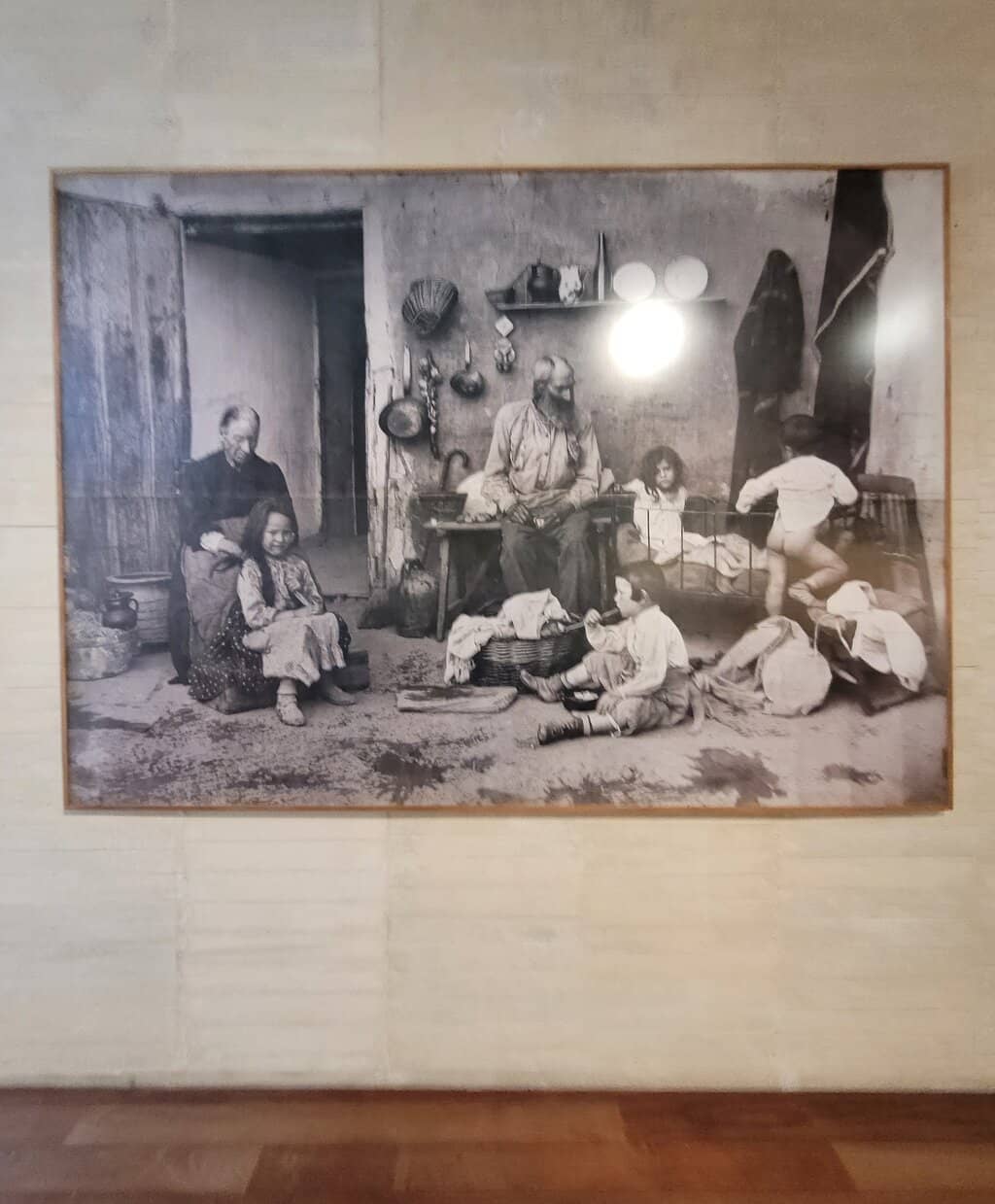
💰 Affordable Entry
With an entrance fee of just €1, the Museo de Zamora offers incredible value for a rich cultural experience.
🏛️ Well-Maintained Exhibits
Expect a modern and well-organized museum with carefully documented exhibits that bring history to life.
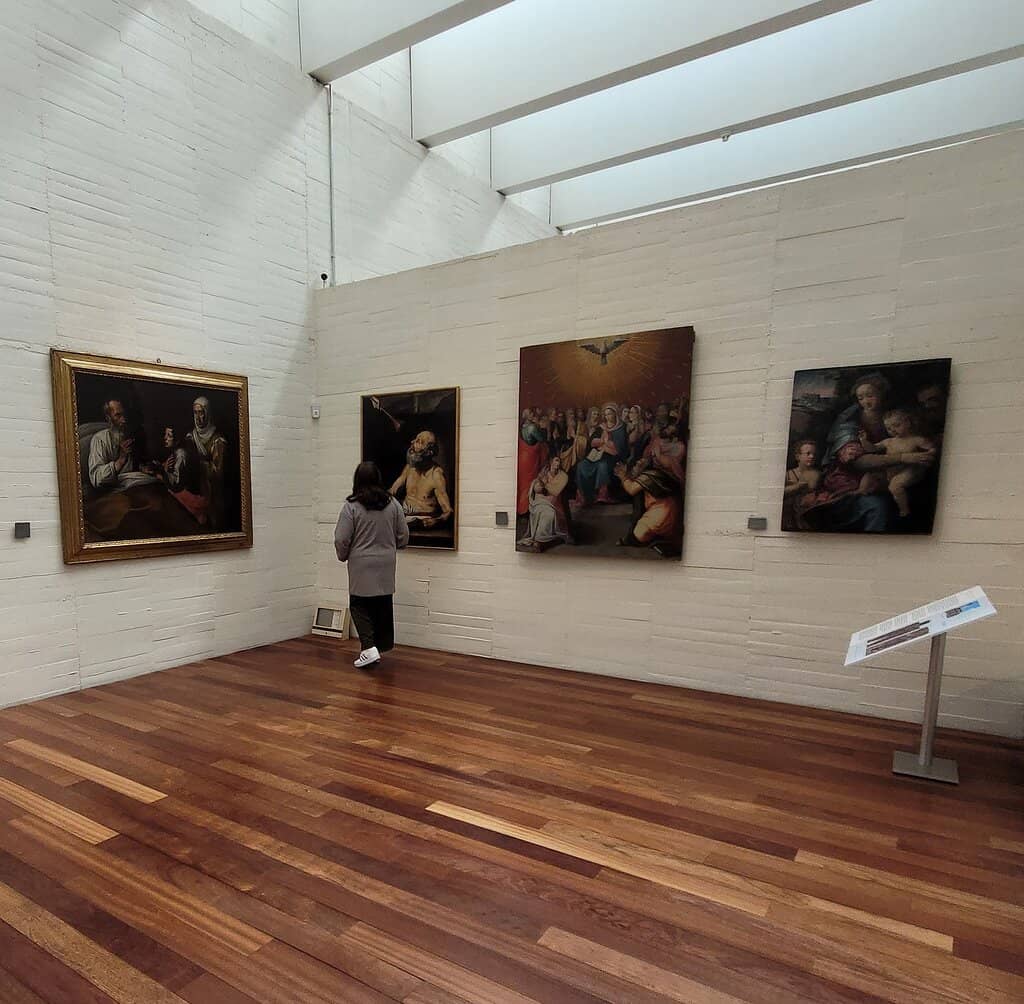
Highlights
Discover the most iconic attractions and experiences
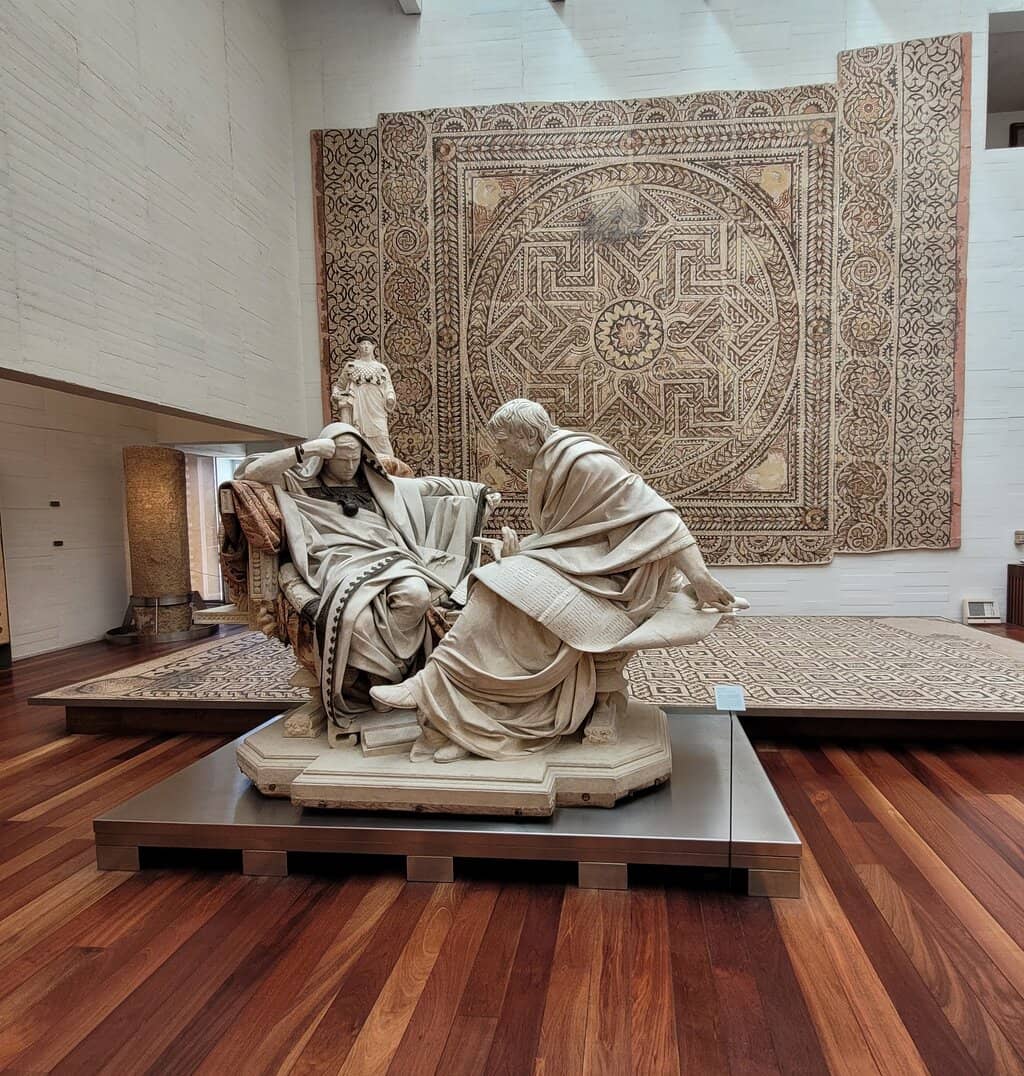
Regional Archaeology
Explore artifacts that tell the story of Zamora's ancient past, from prehistoric times to the Roman era.
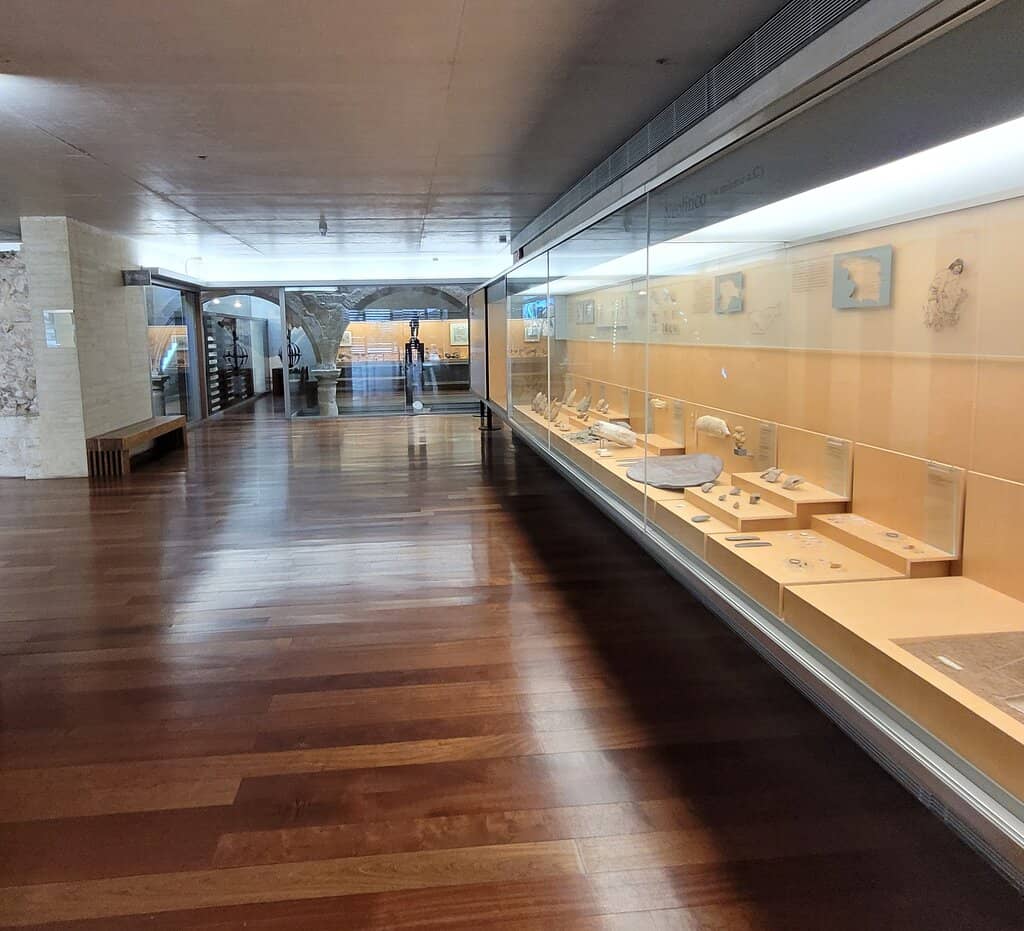
Fine Art Collection
Admire a curated selection of fine art, showcasing the artistic talent and cultural evolution of the region.
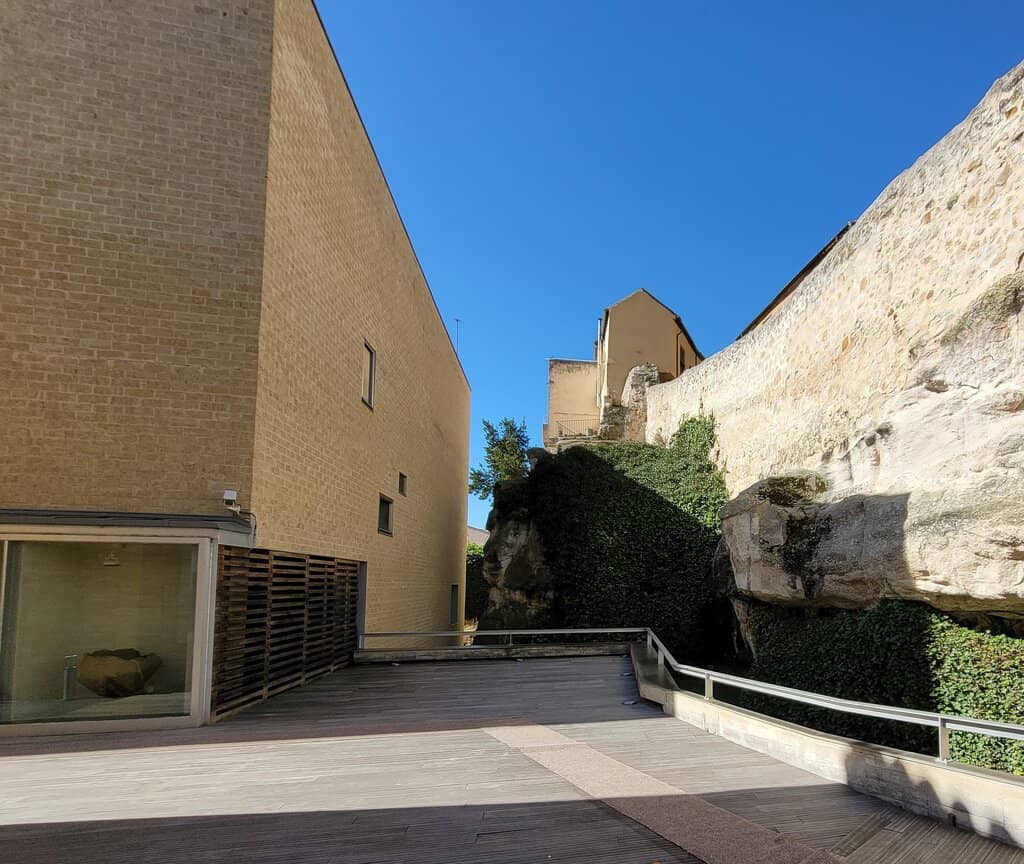
Sacred Art
Discover exquisite sacred art, often rescued from historic churches and convents, offering a unique spiritual and artistic journey.
Plans like a pro.
Thinks like you
Planning Your Visit
Unlock Zamora's Rich History
Sacred Art and Local Heritage
Best Times
Insider Tips
from TikTok, Instagram & Reddit
💰 Affordable Entry
With an entrance fee of just €1, the Museo de Zamora offers incredible value for a rich cultural experience.
🏛️ Well-Maintained Exhibits
Expect a modern and well-organized museum with carefully documented exhibits that bring history to life.
🖼️ Local Artistry
Discover the local artistic heritage, including traditional folk costumes in paintings, a unique cultural insight.
🙏 Sacred Art Collection
Don't miss the impressive collection of sacred art, often sourced from historic, now-empty churches and convents.
Tips
from all over the internet
💰 Affordable Entry
With an entrance fee of just €1, the Museo de Zamora offers incredible value for a rich cultural experience.
🏛️ Well-Maintained Exhibits
Expect a modern and well-organized museum with carefully documented exhibits that bring history to life.
🖼️ Local Artistry
Discover the local artistic heritage, including traditional folk costumes in paintings, a unique cultural insight.
🙏 Sacred Art Collection
Don't miss the impressive collection of sacred art, often sourced from historic, now-empty churches and convents.
What Travellers Say
Reviews Summary
Visitors praise the Museo de Zamora for its well-curated collections of regional archaeology, fine art, and particularly its significant sacred art. The museum is noted for being modern, well-organized, and offering excellent value with its low entrance fee. While generally positive, some reviews might implicitly suggest that the depth of exhibits could be expanded.
"Well-curated regional archaeology and fine art in an elegant, stately setting."
José Azuaje-Fidalgo.
"Very interesting museum, well maintained and documented. Its estate has, above all, sacred art from empty churches and convents."
Nelson Costa
"The layout was pleasant and the exhibits were interesting. €1 entrance fee so value for money."
Motorhome Quest
What People Like
What People Dislike
Frequently Asked Questions
🚇 🗺️ Getting There
The Museo de Zamora is located in the heart of Zamora, Spain. It's easily accessible by public transport within the city. If arriving by train, you can take a local bus or a taxi to reach the museum. For those driving, check for nearby parking options.
Zamora, Spain, is generally a walkable city, especially its historic center where the museum is located. Many attractions are within close proximity, making it easy to explore on foot.
🎫 🎫 Tickets & Entry
The entrance fee for the Museo de Zamora is very affordable, typically around €1, making it excellent value for money. Some visitors have noted it being free on certain days or for specific groups.
Opening hours can vary, so it's always best to check the official museum website or local listings before your visit. Generally, museums in Spain are open during typical daytime hours, with potential closures on Mondays or public holidays.
While some larger attractions offer online booking, smaller museums like the Museo de Zamora often have tickets available for purchase at the entrance. It's advisable to check their official website for the most up-to-date ticketing information.
🎫 🏛️ Onsite Experience
The Museo de Zamora features a well-curated collection focusing on regional archaeology, fine art, and a significant amount of sacred art from local churches and convents. The exhibits are modern and well-documented.
While the museum offers a rich historical and artistic experience, its content might be more engaging for older children and adults interested in history and art. Consider the specific exhibits to gauge suitability for younger visitors.
A visit to the Museo de Zamora can typically take 1-2 hours, depending on your interest level in the exhibits. It's a good place for a relaxed exploration of local history and art.
Photography policies can vary. It's best to look for signage within the museum or ask a staff member if you are unsure about taking photos. Often, flash photography is prohibited to protect the artifacts.
The sacred art collection is particularly noteworthy as it often comprises pieces salvaged from abandoned churches and convents, preserving a vital part of Zamora's religious and artistic heritage.
🍽️ 🍽️ Food & Dining
Yes, the Museo de Zamora is located in the city center, surrounded by numerous restaurants, cafes, and tapas bars offering local Castilian cuisine. You can easily find a place to eat before or after your visit.
When in Zamora, be sure to try local specialties like 'arroz a la zamorana' (a hearty rice dish), 'lechazo' (roast lamb), and various tapas. The region is also known for its excellent wines.
📸 📸 Photography
While photography inside might be restricted, the museum's elegant, stately setting offers a beautiful backdrop. The exterior architecture and surrounding historic streets of Zamora also provide excellent photo opportunities.
The Museo de Zamora is housed in a building with significant architectural merit. Look for details that reflect the region's history and artistic influences. The Santuario Guadalupano, a nearby landmark, is particularly striking with its neo-Gothic architecture.
For Different Travelers
Tailored advice for your travel style
👨👩👧 Families with Kids
Beyond the museum, Zamora, Michoacán, offers family-friendly activities like exploring its charming plazas and streets. If visiting during Day of the Dead, the vibrant tapestries and altars provide a unique cultural spectacle. For a different kind of thrill, the 'Herejía' event at Casona Pardo offers a Halloween-themed experience for those seeking spooky fun.
💰 Budget Travelers
Zamora itself is a city where you can enjoy affordable experiences. Many of its historical sites, like the Santuario Guadalupano, can be admired from the outside for free. Exploring the city's streets and plazas also costs nothing and provides a great feel for local life. For dining, look for local eateries and tapas bars that offer delicious and reasonably priced meals.
🏛️ History Buffs
Beyond the museum, Zamora, Spain, is celebrated as the 'City of Romanesque' for its numerous churches from the 11th and 12th centuries. Exploring these sites, along with landmarks like the Cathedral El Salvador and the Castillo de Zamora, provides a comprehensive immersion into the historical tapestry of the region. The city's well-preserved architecture and historical narratives make it a compelling destination for anyone passionate about history.
Deep Dives
In-depth insights and expert knowledge
The Architectural Marvels of Zamora
The Santuario Guadalupano, also known as the 'Inconclusa' (The Unfinished), is a prominent landmark in Zamora, Michoacán. Its neo-Gothic architecture, inspired by European cathedrals, makes it a striking sight. While the Museo de Zamora itself is housed in a stately building, exploring these architectural gems in the surrounding city offers a broader appreciation of Zamora's historical depth and artistic legacy.
Visitors often find the blend of historical architecture, from Romanesque to Neo-Gothic, to be a significant draw. The city's layout and the preservation of its historical buildings create an immersive experience for those interested in architecture and history.
Sacred Art: A Glimpse into Devotion and History
These artifacts offer a profound insight into the devotional practices, artistic styles, and historical context of Zamora and its surrounding areas. Visitors can expect to see a variety of religious imagery, liturgical objects, and decorative elements that speak volumes about the community's spiritual life throughout the centuries.
Exploring this collection provides a unique perspective on the intersection of faith, art, and history. It's a testament to the community's commitment to safeguarding its cultural patrimony, making the Museo de Zamora a vital repository of local heritage.
Exploring Zamora: Beyond the Museum
For those seeking modern leisure and dining, Plaza Roma in Zamora offers a contemporary meeting point with diverse food options, entertainment, and shops. The city also boasts beautiful streets and plazas, perfect for a leisurely stroll and soaking in the local atmosphere.
Whether you're interested in historical sites like the Santuario Guadalupano or experiencing local festivities, Zamora provides a multifaceted travel experience that complements a visit to its museum.



Social
from TikTok, Instagram & Reddit